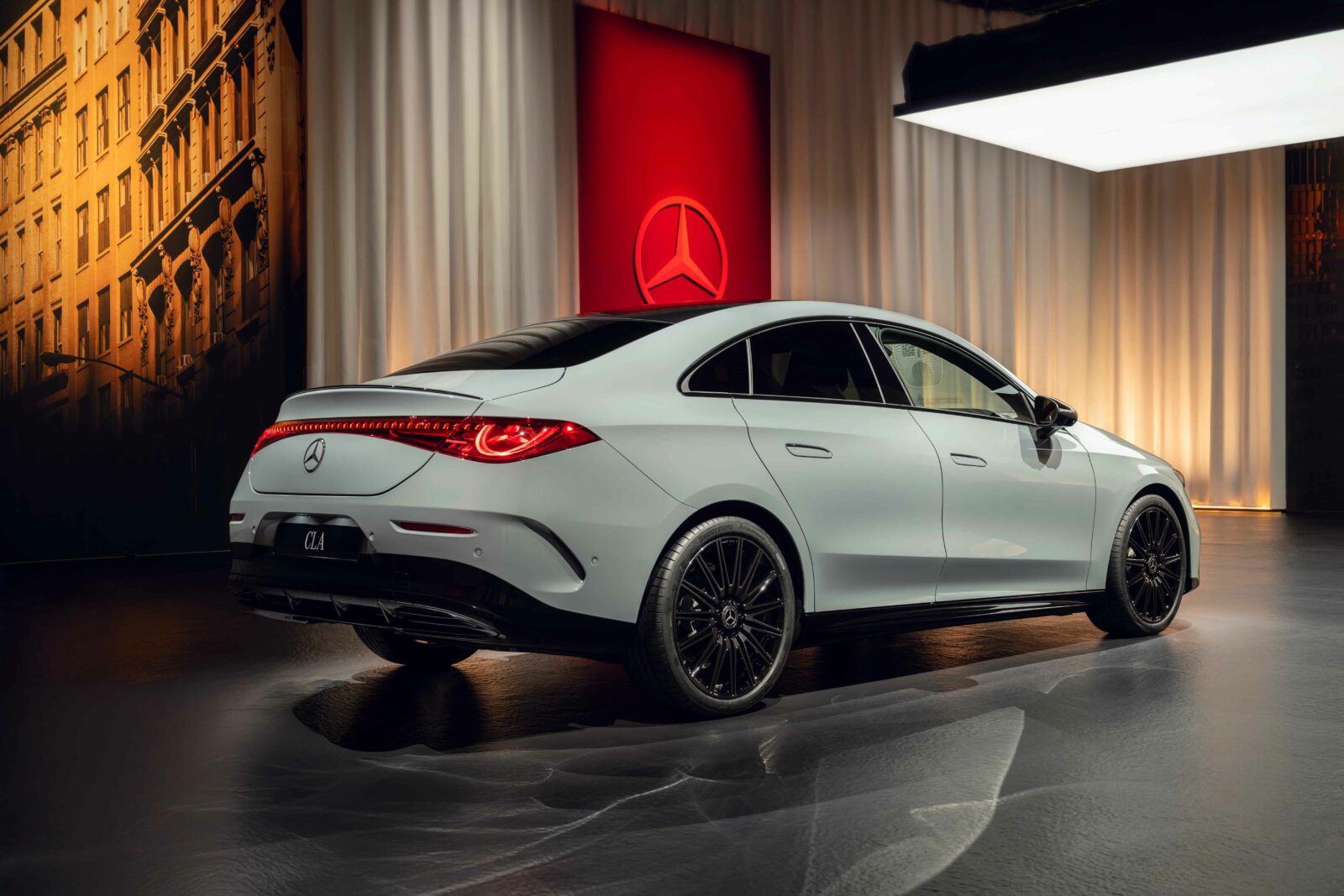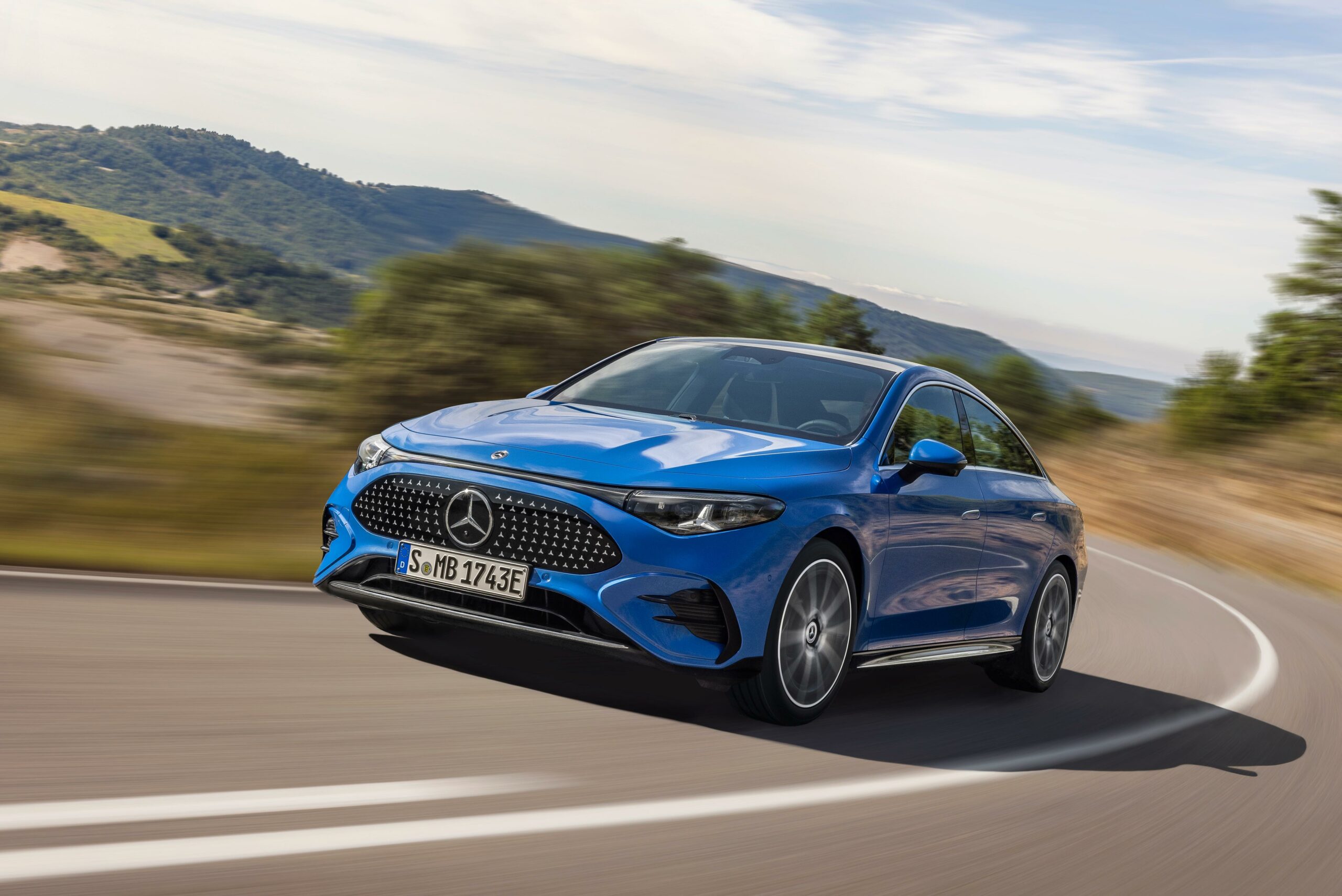Header: Courtesy of MBUSA
Mercedes-Benz has introduced the new CLA as the brand’s first model in a restructured lineup. Built on a new platform, it combines electric and hybrid elements with a revised operating system and updated layout. The model was developed to integrate recent changes in powertrain design, in-car interfaces, and battery architecture, while maintaining compact vehicle dimensions.
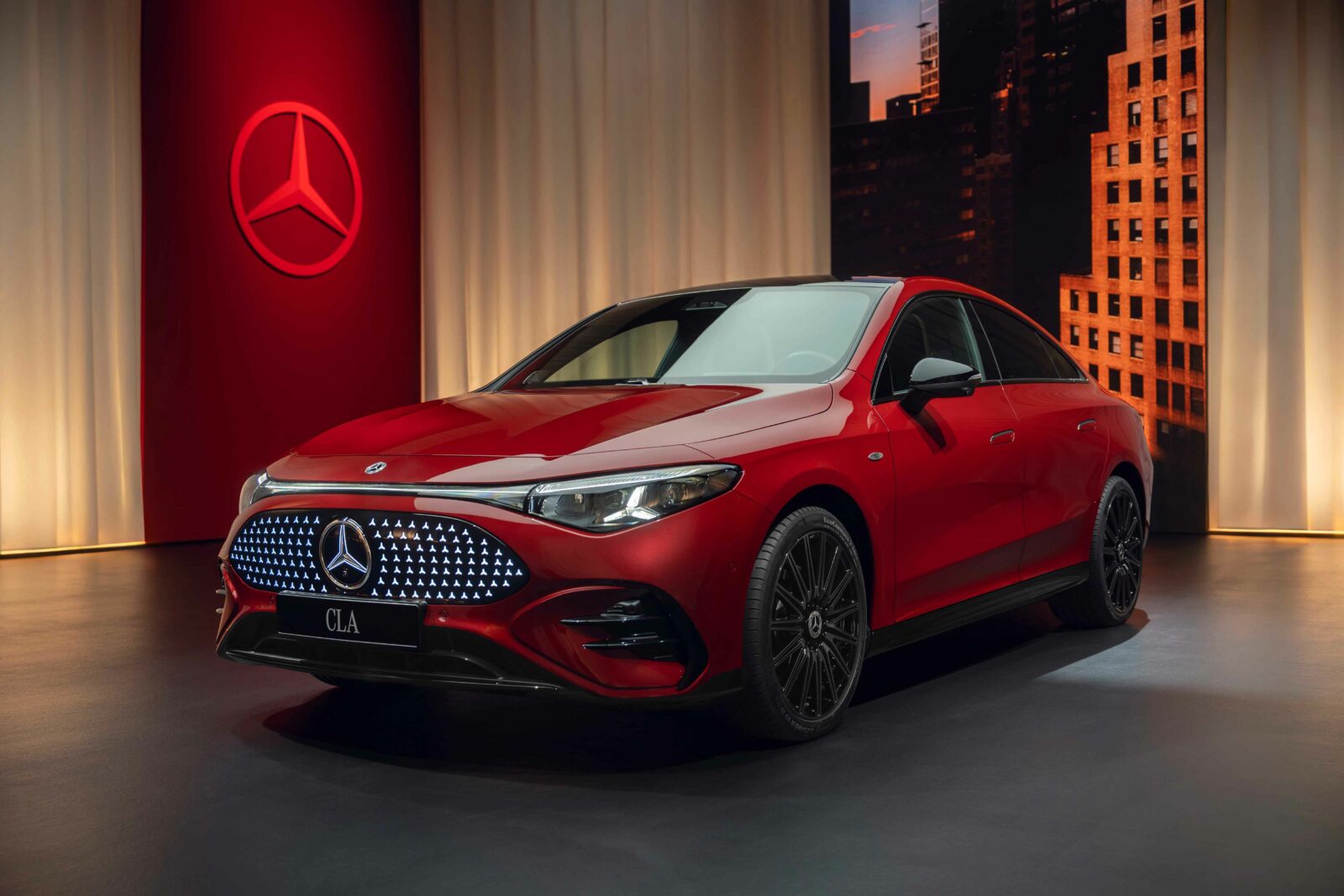
Exterior
The CLA features a fastback design with a long wheelbase (109.8 inches), short overhangs, and a GT-style rear, with an overall length of 185.9 inches. The frontal design features a panel with an illuminated Mercedes-Benz pattern and connected LED headlamps, while the rear design includes star-shaped taillights joined by a continuous light band. A frunk is included for the first time in a modern Mercedes model, adding 2.5 cu ft of cargo space. Aerodynamic improvements include a drag coefficient starting at 0.21, a closed underbody, and optimised airflow around the wheels, which are available up to 19 inches in diameter.
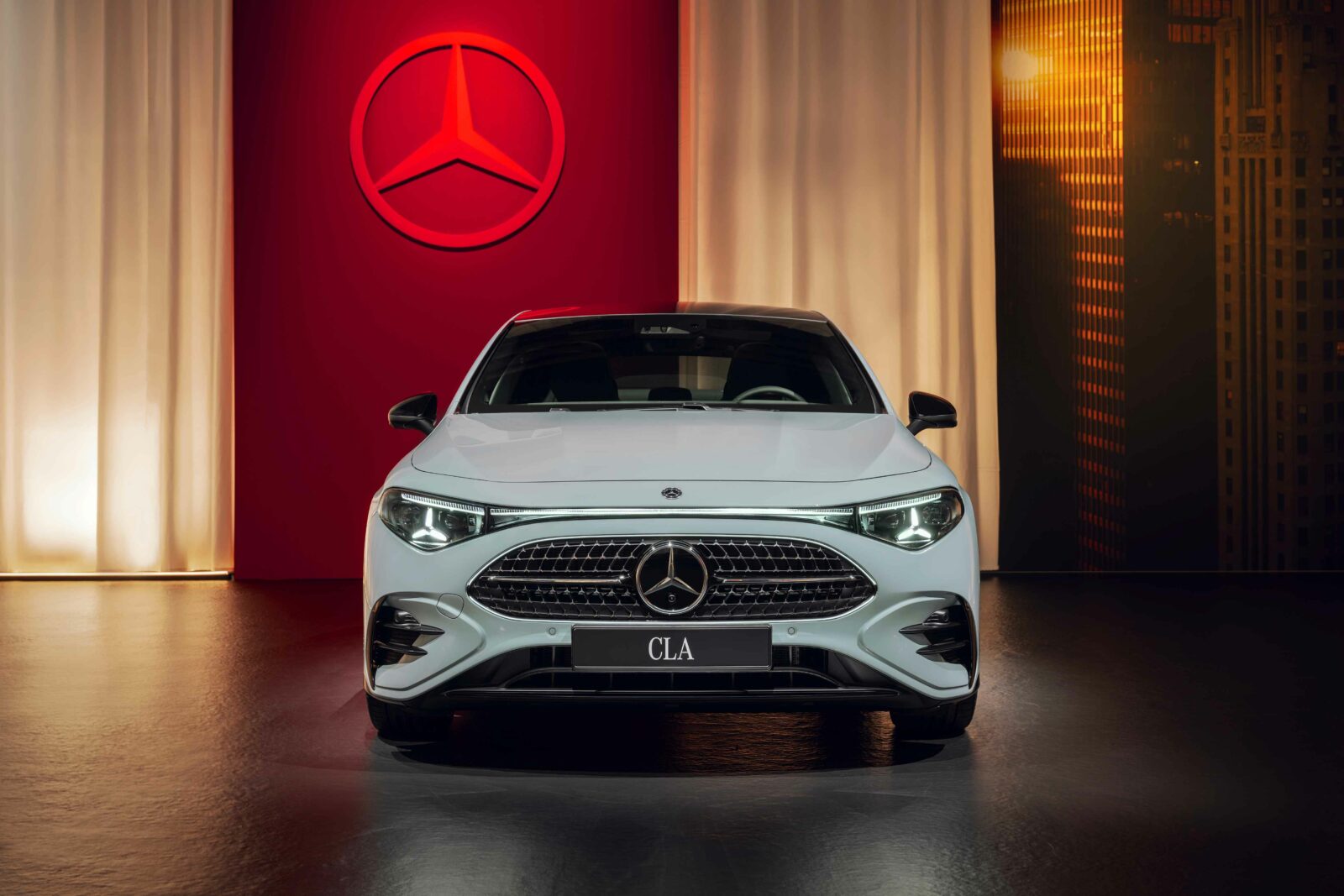
Interior
The interior layout prioritises three floating elements: the superscreen, center console, and door panels. Trim options include brushed aluminium, open-pore wood, and a cellulose-based decorative surface. Recycled and renewable materials are used throughout the cabin, including PET-based microfibres and recycled plastic components.
All models include a panoramic roof as standard, optional sound systems (Dolby Atmos and a Burmester 3D Surround Sound System), and ambient lighting with 64 colours and several brightness modes.
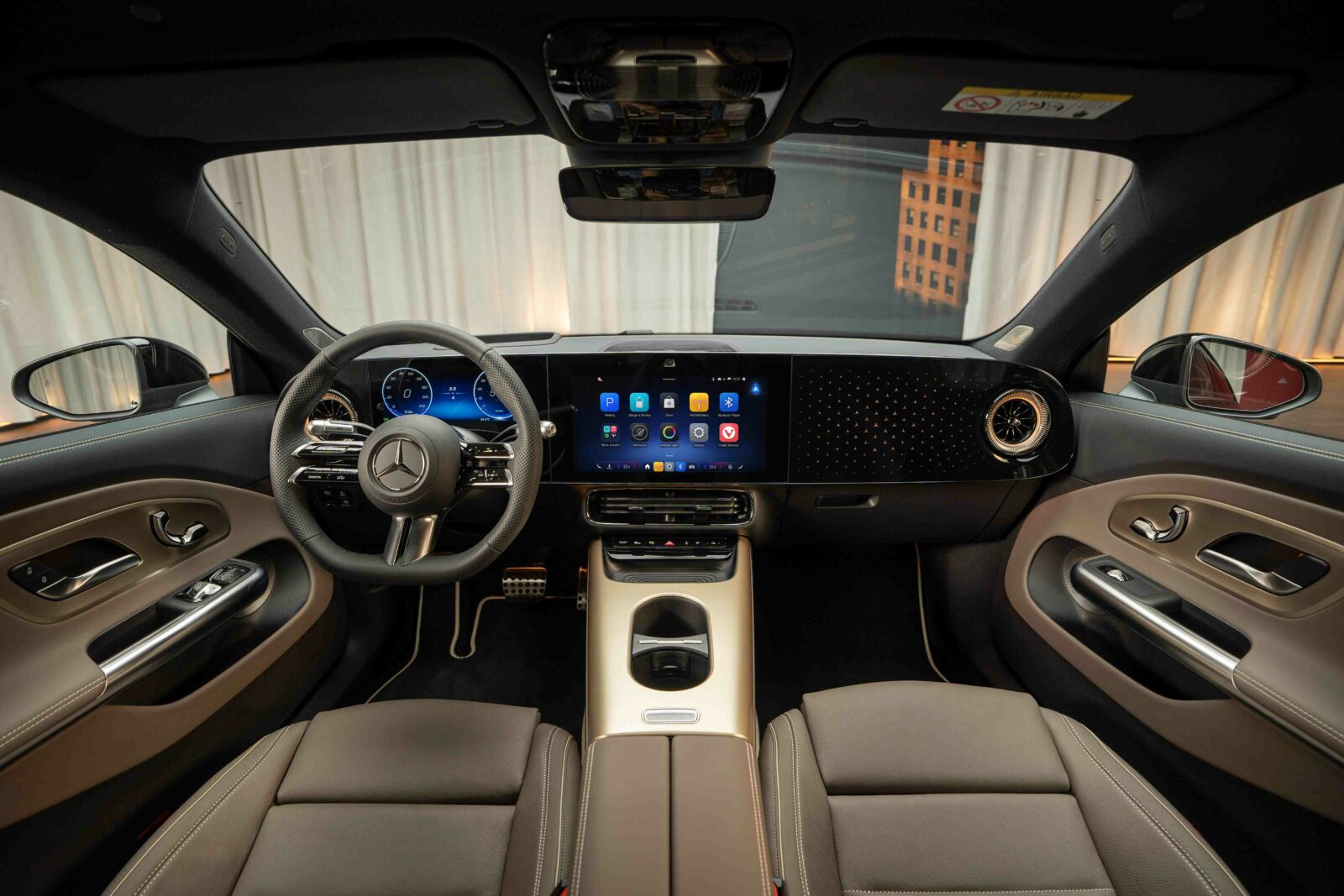
MB.OS and MBUX interface
The CLA is the first model to run entirely on the new Mercedes-Benz Operating System (MB.OS). Developed in-house, this system manages infotainment, driver assistance, comfort, and powertrain functions, while also enabling over-the-air software updates, including those for core driving features.
The interface is based on the fourth-generation MBUX system, which includes a new superscreen setup with up to three displays—driver, central, and optional front passenger—integrated into a single glass surface. The system uses real-time 3D graphics powered by the Unity engine. It integrates AI tools from Microsoft and Google, the MBUX Virtual Assistant, which supports natural language interaction and contextual memory.
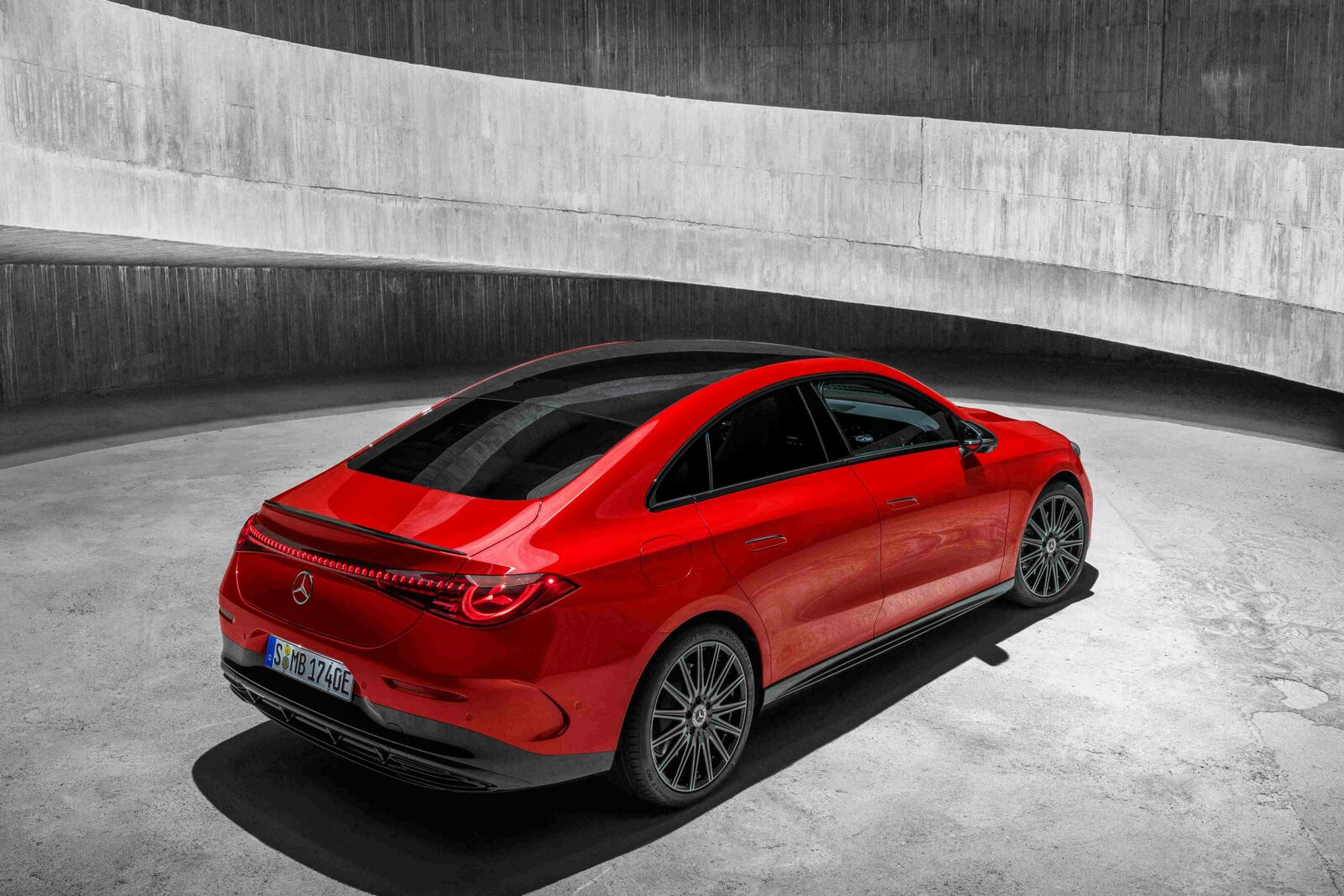
Navigation and driver assistance
Navigation is based on a tailored version of Google Maps with support for Electric Intelligence route planning that includes system accounts for traffic, terrain, weather, and charging infrastructure. Visual navigation uses a 3D representation of the vehicle’s surroundings, integrated into the driver display.
Standard assistance systems include Active Distance Assist (DISTRONIC), lane change support, a 360-degree parking view, and semi-automated parking exit. The CLA features multiple sensors and a water-cooled onboard computer to support these systems.
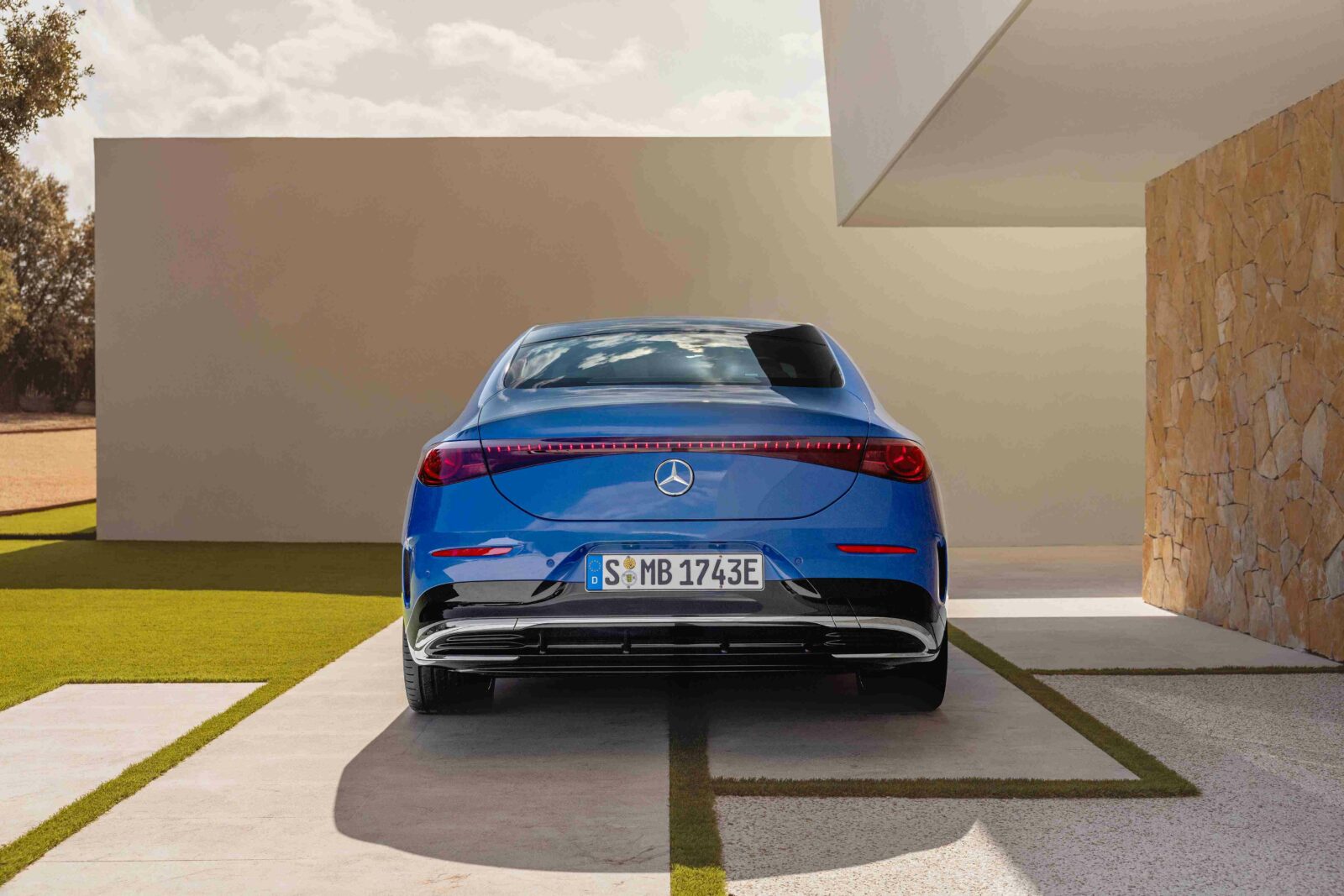
Electric drivetrain and battery system
The CLA 250+ and CLA 350 4MATIC are the initial electric models, featuring an 800-volt system and lithium-ion batteries with a usable capacity of 85 kWh. The battery architecture includes silicon-oxide anodes and has a volumetric energy density of 680 Wh/l.
Range is up to 792 km (WLTP), and charging at up to 320 kW DC is supported, allowing approximately 325 km of range to be added in 10 minutes. The models feature a two-speed transmission on the rear axle, allowing for acceleration in first gear and high-efficiency highway cruising in second.
The CLA 350 4MATIC includes an additional front motor and a disconnect unit, which decouples the front axle to reduce energy losses during regular driving. A multi-source heat pump is included as standard, which draws thermal energy from the ambient air, the drivetrain, and the battery to increase energy efficiency and reduce heating demand.
Energy recovery
Recuperation levels can be adjusted manually, with up to 200 kW of braking energy recoverable: the ECO Assistant system provides route-based efficiency guidance. It can bring the vehicle to a stop solely through regenerative braking.
The CLA is prepared for bidirectional charging (Vehicle-to-Home and Vehicle-to-Grid), with availability depending on market-specific infrastructure and regulations. Charging functions are managed through the MB.CHARGE Public service, which supports Plug & Charge and cost transparency features.
Hybrid variant
A hybrid variant with a 1.5-litre four-cylinder engine and a 48V electrical system will be available, featuring an electric motor integrated into an eight-speed dual-clutch transmission. The system supports all-electric operation in city traffic, coasting at speeds of up to 60 mph, and energy recuperation in all gears, thanks to a new lithium-ion battery with a 1.3 kWh capacity.
Safety systems
The CLA features a center airbag between the driver and passenger seats while maintaining multi-stage battery protection systems with high-voltage elements integrated into the crash structure. In the event of an accident, automatic isolation protocols are activated, resulting in either reversible or irreversible system shutdown, depending on the severity.
